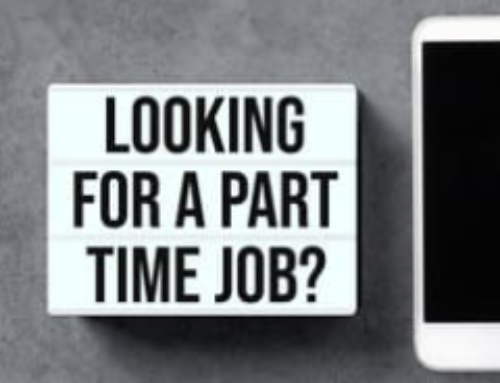Dear Sam: I was recently informed that my position would be eliminated in January after 12 years with the company. Having not updated a resume or interviewed during that time, your thoughts on how to modernize a resume are of great interest. You have mentioned several times that the resumes you receive are often outdated in format. Could you share what a current resume format looks like? I want to get this correct the first time and return to the workforce. – Paul
Dear Paul: I would be happy to share more about the structure of a best practices-based resume, and I am sorry to hear of your impending layoff.
First: Target
Determine what direction you will take your career, as this plays a vital role in what direction you must take your resume. If you have not figured this out, it is time to do so, as, without that key target, you will not know where to aim your resume and its content.
Second: Explore
Start writing down the basics of the past decade-plus. Remember that hiring managers want to know about the last 10-15 years of your career, so focus on your most recent roles. Think about your jobs in terms of what you did every day and, most importantly, what you did that added value to the company. If you have access to past job descriptions, performance reviews, letters of recommendation, or anything else that will help jog your memory, now is the time to use those resources, preferably before you leave in January. Start talking to current and past co-workers to build your job search network and reach out to those who may have valuable information on what you did that added value to your employer.
Third: Write
Once you have the basics drafted, carefully craft your resume’s content and design, ensuring you do not fall victim to the often-committed resume faux pas. Your resume should be structured as follows…
Heading: Include your name, cell phone number, and personal email address. We often omit physical addresses and list the city and state of residence. Home phone numbers are increasingly rare, so if you have a mobile number, only list that as a preferred method of contact. Be sure your email address does not contain numbers that look like birth years or uses what could be seen as an “older” carrier (sorry AOL and Hotmail).
Qualifications Summary: Up-to-date resumes open with qualifications summaries, serving as an executive summary of the information contained throughout the remainder of the resume. As an experienced professional, you should have a two-page resume, making the qualifications summary critical to the four-to-seven-second screening process. Take the time to make this summary market you well, conveying why a hiring manager cannot afford not to bring you in for an interview.
Professional Experience: When reviewing your career, remember that hiring managers are much more interested in what you have done recently and, of course, what most relates to their needs. Be sure to focus on the last 10-15 years of your career, particularly if you are applying for a position that does not necessitate more experience. Structure your content with more focus on accomplishments versus responsibilities, realizing that many of your competitors may come from similar roles with identical job descriptions. Your achievements or key contributions are what are unique about your candidacy.
Education: Present your college degree (if you have one) and never include your high school diploma unless you are pursuing a blue-collar job. It is assumed you possess a diploma, so if you do not have a degree, including a high school diploma only highlights the lack of a college education.
Value-Added Information: End your resume with other value-added details such as affiliations, certifications, training, volunteer work, and anything else that brings credence to your professional candidacy.
Check out professional resume writing websites like mine for samples, being sure to create your own look that doesn’t look like an overused Word template available to the masses. The look of your resume says a lot about your candidacy, attention to detail, and even your personality. When you look at and read your resume, you should see and hear YOUR BRAND! All the best as you reenter the job market.




